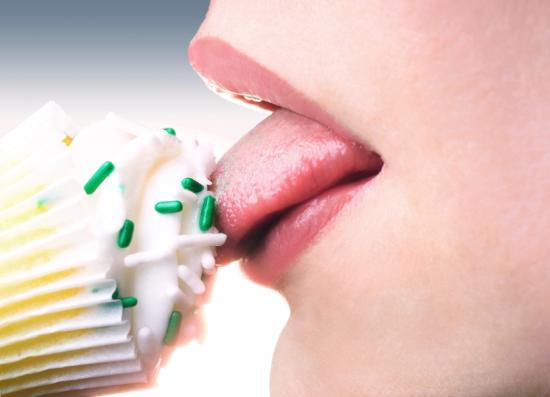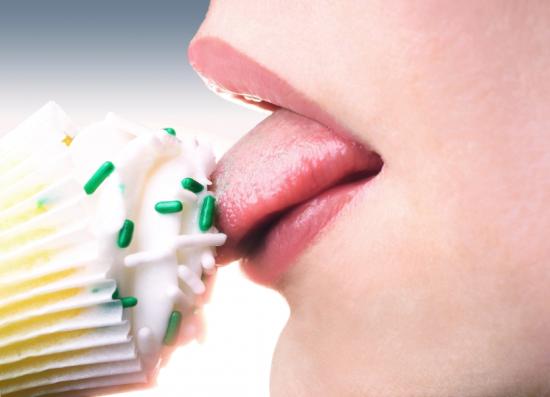 With the rumors swirling that Michelle Obama is a big fan of former FDA Commissioner David Kessler’s new book The End of Overeating, it seems reasonable to check in on the science behind an “addiction model” for salty, sweet, and fatty processed food (an assertion at the core of the book). As it happens, a group of researchers from the independent, not-for-profit Scripps Research Institute has just released a new peer-reviewed study on the subject. The conclusion: the brain responds to junk food the same way it does to heroin:
With the rumors swirling that Michelle Obama is a big fan of former FDA Commissioner David Kessler’s new book The End of Overeating, it seems reasonable to check in on the science behind an “addiction model” for salty, sweet, and fatty processed food (an assertion at the core of the book). As it happens, a group of researchers from the independent, not-for-profit Scripps Research Institute has just released a new peer-reviewed study on the subject. The conclusion: the brain responds to junk food the same way it does to heroin:
Junk food elicits addictive behavior in rats similar to the behaviors of rats addicted to heroin, a new study finds. Pleasure centers in the brains of rats addicted to high-fat, high-calorie diets became less responsive as the binging wore on, making the rats consume more and more food. The results, presented October 20 at the Society for Neuroscience’s annual meeting, may help explain the changes in the brain that lead people to overeat.
Secure · Tax deductible · Takes 45 SecondsSecure · Tax deductible · Takes 45 Seconds“This is the most complete evidence to date that suggests obesity and drug addiction have common neurobiological underpinnings,” says study coauthor Paul Johnson of the Scripps Research Institute in Jupiter, Fla.
Johnson offered one group of rats a broad range of processed food, from bacon and cheesecake to Ho Hos while another received a “high-nutrient, low-calorie chow.” There was an immediate difference:
Rats that ate the junk food soon developed compulsive eating habits and became obese. “They’re taking in twice the amount of calories as the control rats,” says Johnson’s coauthor Paul Kenny, also of Scripps.
The researchers also tested the responsiveness of the animals’ pleasure centers:
After just five days on the junk food diet, rats showed “profound reductions” in the sensitivity of their brains’ pleasure centers, suggesting that the animals quickly became habituated to the food. As a result, the rats ate more food to get the same amount of pleasure. Just as heroin addicts require more and more of the drug to feel good, rats needed more and more of the junk food. “They lose control,” Kenny says. “This is the hallmark of addiction.”
And here’s where things get ugly. The rats wanted their junk food fix so badly, they were willing to tolerate electric shocks if that’s what it meant to keep eating the stuff.
To see how strong the drive to eat junk food was, the researchers exposed the rats to a foot shock when they ate the high-fat food. Rats that had not been constantly exposed to the junk food quickly stopped eating. But the foot shock didn’t faze rats accustomed to the junk food — they continued to eat, even though they knew the shock was coming.
“What we have are these core features of addiction, and these animals are hitting each one of these features,” Kenny says.
Because a study like this isn’t complete without a sinister postscript, I give you this:
Scientists are interested in determining the long-term effect of altering the reward system. “We might not see it when we look at the animal,” says obesity expert Ralph DiLeone of Yale University School of Medicine. “They might be a normal weight, but how they respond to food in the future may be permanently altered.”
Eating junk food for a while could leave your brain’s response to food “permanently altered”? How. Nice.
Kinda puts industry calls for preserving consumer “choice” regarding the foods we eat into perspective, doesn’t it? When it’s an addiction, choice is the last thing we have. Besides giving ammunition to those wanting to restrict access to these foods for children (well, for anyone really), this study certainly ensures that I will never look at a Ho Ho the same way again.
H/T Jambutter via Twitter



